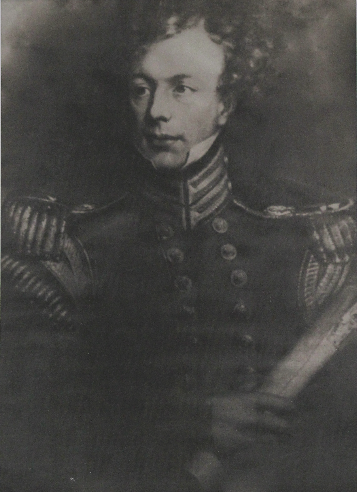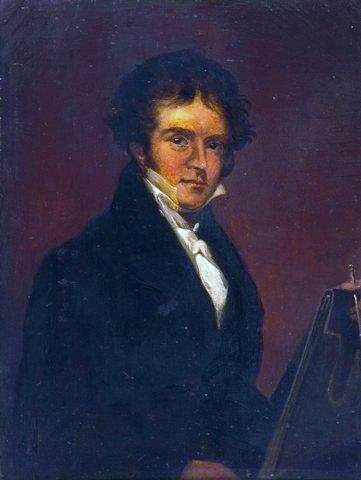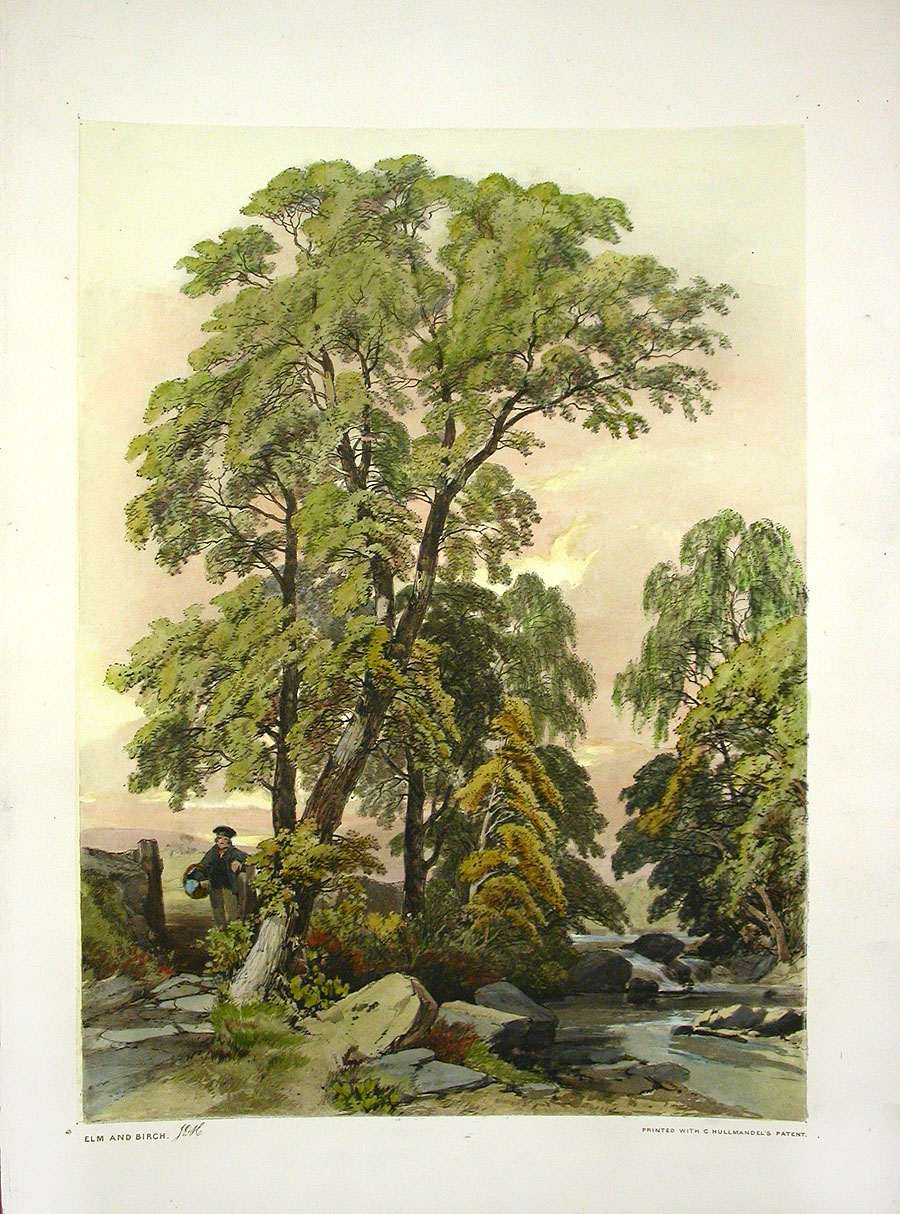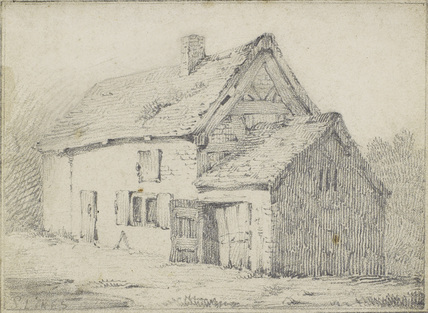|
Thomas Higham (artist)
Thomas Higham (11 February 1795 – 1844) was an English artist specialising in an antiquary and topographical engravings. The British Museum has a large collection of his work donated by his nephew William Aldis Wright. Thomas Higham was born to Thomas Wright and Charlotte Aldis in Bramfield, Suffolk. Gallery File:Thomas Higham (1818) Hoxne Hall.jpg, Hoxne Hall, from ''Excursions Through Suffolk, Vol. 1: Illustrated With Engravings'' by Thomas Cromwell References External links * Engravings for Fisher's Drawing Room Scrap Books, with poetical illustrations by Letitia Elizabeth Landon: *:1833, of , by William Linton. *:1835, of , by George Pickering. *:1837, of by James Duffield Harding. *:1837, of by Thomas Allom. *:1838, of by William Purser. *:1840, of , by David Roberts. *:1841, of , by Thomas Allom. *In Fisher's Drawing Room Scrap Book, 1834, as illustration to Letitia Elizabeth Landon's poem : :* Engraving of ''Tomb of Ibrahim Padshah, Bejapore'' painted by Thomas ... [...More Info...] [...Related Items...] OR: [Wikipedia] [Google] [Baidu] |
English People
The English people are an ethnic group and nation native to England, who speak the English language, a West Germanic language, and share a common history and culture. The English identity is of Anglo-Saxon origin, when they were known in Old English as the ('race or tribe of the Angles'). Their ethnonym is derived from the Angles, one of the Germanic peoples who migrated to Great Britain around the 5th century AD. The English largely descend from two main historical population groups the West Germanic tribes (the Angles, Saxons, Jutes and Frisians) who settled in southern Britain following the withdrawal of the Romans, and the partially Romanised Celtic Britons already living there.Martiniano, R., Caffell, A., Holst, M. et al. Genomic signals of migration and continuity in Britain before the Anglo-Saxons. Nat Commun 7, 10326 (2016). https://doi.org/10.1038/ncomms10326 Collectively known as the Anglo-Saxons, they founded what was to become the Kingdom of England by t ... [...More Info...] [...Related Items...] OR: [Wikipedia] [Google] [Baidu] |
British Museum
The British Museum is a public museum dedicated to human history, art and culture located in the Bloomsbury area of London. Its permanent collection of eight million works is among the largest and most comprehensive in existence. It documents the story of human culture from its beginnings to the present.Among the national museums in London, sculpture and decorative and applied art are in the Victoria and Albert Museum; the British Museum houses earlier art, non-Western art, prints and drawings. The National Gallery holds the national collection of Western European art to about 1900, while art of the 20th century on is at Tate Modern. Tate Britain holds British Art from 1500 onwards. Books, manuscripts and many works on paper are in the British Library. There are significant overlaps between the coverage of the various collections. The British Museum was the first public national museum to cover all fields of knowledge. The museum was established in 1753, largely b ... [...More Info...] [...Related Items...] OR: [Wikipedia] [Google] [Baidu] |
William Aldis Wright
William Aldis Wright (1 August 183119 May 1914), was an England, English writer and editor. Wright was son of George Wright, a Baptist minister in Beccles, Suffolk. He was educated at Beccles Grammar School and Trinity College, Cambridge, where he graduated BA in 1858. As a nonconformist, Wright was ineligible for election to a Trinity fellowship until 1878, but became Librarian and Bursar, Senior Bursar of Trinity before that date. He opposed the allegations by Simonides that the ''Codex Sinaiticus'' discovered by Constantin von Tischendorf was produced around 1840. Duly elected Fellow in 1878, he became vice-master of the college in 1888. He was one of the editors of the ''Journal of Philology'' from its foundation in 1868, and was secretary to the Old Testament revision company from 1870 to 1885. He edited the plays of William Shakespeare, Shakespeare published in the "Clarendon Press" series (1868–97), also with William George Clark, W. G. Clark the "Cambridge" Shakespeare ... [...More Info...] [...Related Items...] OR: [Wikipedia] [Google] [Baidu] |
Bramfield, Suffolk
Bramfield is a village and civil parish in the east of the English county of Suffolk, and in the East Suffolk district. It is south of the market town of Halesworth on the A144 road between Halesworth and the A12 road, one of the main arterial routes through the county. The village is north-east of the county town of Ipswich and south-west of the port of Lowestoft. The East Suffolk railway line between Lowestoft and Ipswich passes close to the west of the village with Halesworth railway station being the nearest station. History The village grew up as a cross-roads location near the source of a tributary of the River Blyth. It is mentioned in the Domesday Book as ''Bufelda'', a large village of 42 households held by Count Alan of Brittany. [...More Info...] [...Related Items...] OR: [Wikipedia] [Google] [Baidu] |
Thomas Cromwell (antiquary)
Thomas Kitson Cromwell (1792–1870) was an English dissenting minister and antiquary. Life Born on 14 December 1792, at an early age he entered the literary department of the publishers Longmans. Brought up a member of the Church of England, of which his elder brother was a clergyman, Cromwell became about 1830 a Unitarian; and, being ordained, was from 1839 minister of Newington Green Unitarian Church, where he officiated for twenty-five years. He also held during the greater part of his ministry the office of clerk to the local board of Clerkenwell, from which he retired with a pension. In 1864 he resigned the pulpit at Stoke Newington, and soon afterwards took charge of the old Presbyterian congregation at Canterbury, over which he presided till his death on 22 December 1870. He was buried on the 28th of that month in the little cemetery adjoining the chapel. During the last two years of his life he had acted as honorary secretary of the Birmingham Education League. By his ... [...More Info...] [...Related Items...] OR: [Wikipedia] [Google] [Baidu] |
Letitia Elizabeth Landon
Letitia Elizabeth Landon (14 August 1802 – 15 October 1838) was an English poet and novelist, better known by her initials L.E.L. The writings of Landon are transitional between Romanticism and the Victorian Age. Her first major breakthrough came with ''The Improvisatrice'' and thence she developed the metrical romance towards the Victorian ideal of the Victorian monologue, casting her influence on Elizabeth Barrett Browning, Robert Browning and Christina Rossetti. Her influence can also be found in Alfred Tennyson and in America, where she was very popular. Poe regarded her genius as self-evident. In spite of these wide influences, due to the perceived immorality of Landon's lifestyle, her works were more or less deliberately suppressed and misrepresented after her death. Early life Letitia Elizabeth Landon was born on 14 August 1802 in Chelsea, London to John Landon and Catherine Jane, ''née'' Bishop.Byron (2004). A precocious child, Landon learned to read as a toddl ... [...More Info...] [...Related Items...] OR: [Wikipedia] [Google] [Baidu] |
Letitia Elizabeth Landon (L
Letitia Elizabeth Landon (14 August 1802 – 15 October 1838) was an English poet and novelist, better known by her initials L.E.L. The writings of Landon are transitional between Romanticism and the Victorian Age. Her first major breakthrough came with ''The Improvisatrice'' and thence she developed the metrical romance towards the Victorian ideal of the Victorian monologue, casting her influence on Elizabeth Barrett Browning, Robert Browning and Christina Rossetti. Her influence can also be found in Alfred Tennyson and in America, where she was very popular. Poe regarded her genius as self-evident. In spite of these wide influences, due to the perceived immorality of Landon's lifestyle, her works were more or less deliberately suppressed and misrepresented after her death. Early life Letitia Elizabeth Landon was born on 14 August 1802 in Chelsea, London to John Landon and Catherine Jane, ''née'' Bishop.Byron (2004). A precocious child, Landon learned to read as a toddl ... [...More Info...] [...Related Items...] OR: [Wikipedia] [Google] [Baidu] |
William Linton (artist)
William Linton (17911876) was a British landscape artist. Life and artistic work Born in Liverpool, Linton grew up at Lancaster and Cartmel, and went to school at Windermere where later he spent holidays. At the age of sixteen he was placed in a merchant's office. He however did not like the job. For his own pleasure, he started to copy works by Claude Gellee (Lorrain, 1600–1682) and Richard Wilson (1714–1782). Eventually he made art his profession. Linton's later works still bear strong influence of Claude Lorrain's manner with its investigation of natural light effects, of Richard Wilson with his large-scale panoramic compositions, and particularly of Claude-Joseph Vernet (1714–1789) with his inclination to an idealised classical landscape. By 1817 Linton settled in London and started to exhibit at the Royal Academy and British Institution. At that time, his subjects often presented scenery in Scotland and in the North of England, especially in the vicinity of th ... [...More Info...] [...Related Items...] OR: [Wikipedia] [Google] [Baidu] |
James Duffield Harding
James Duffield Harding (1798 – 4 December 1863) was a British landscape painter, lithographer and author of drawing manuals. His use of tinted papers and opaque paints in watercolour proved influential. Life Harding was born at Deptford in 1798, the son of a drawing-master who had been a pupil of Paul Sandby. He was taught perspective by his father and had lessons from Samuel Prout. At the age of thirteen he exhibited two drawings of buildings in the style of Prout at the Royal Academy. He was apprenticed to the engraver Charles Pye, but left him after only a year to concentrate on painting watercolours, and when he was 18 he was awarded a silver medal by the Society of Arts. In 1818 he showed with the Society of Painters in Watercolours, (known as the "Old Watercolour Society or OWCS from 1831) for first time. He was to contribute to its exhibitions for the rest of his life. He was elected an associate of the society in 1820 and a full member in 1821. In 1843 he took up oil ... [...More Info...] [...Related Items...] OR: [Wikipedia] [Google] [Baidu] |
Thomas Allom
Thomas Allom (13 March 1804 – 21 October 1872) was an English architect, artist, and topographical illustrator. He was a founding member of what became the Royal Institute of British Architects (RIBA). He designed many buildings in London, including the Church of St Peter's and parts of the elegant Ladbroke Estate in Notting Hill. He also worked with Sir Charles Barry on numerous projects, most notably the Houses of Parliament, and is also known for his numerous topographical works, such as ''Constantinople and the Scenery of the Seven Churches of Asia Minor'', published in 1838, and ''China Illustrated'', published in 1845. Architect He was born in Lambeth, south London, the son of a coachman from Suffolk. In 1819, he was apprenticed to architect Francis Goodwin for whom he worked until 1826. He then studied at the Royal Academy School. His designs for churches shown at exhibitions in 1824 and 1827 aroused considerable interest. From 1834 to 1843, he worked in partners ... [...More Info...] [...Related Items...] OR: [Wikipedia] [Google] [Baidu] |
David Roberts (painter)
David Roberts (24 October 179625 November 1864) was a Scottish painter. He is especially known for ''The Holy Land, Syria, Idumea, Arabia, Egypt, and Nubia'', a prolific series of detailed lithograph prints of Egypt and the Near East that he produced from sketches he made during long tours of the region (1838–1840). These and his large oil paintings of similar subjects made him a prominent Orientalist painter. He was elected as a Royal Academician in 1841. Early life Apprenticed for seven years to a house painter and decorator named Gavin Beugo, his fellow apprentice being David Ramsay Hay, who became a lifelong friend. During this time he studied art in the evenings. After his apprenticeship was complete, Roberts's first paid job came in the summer of 1815, when he moved to Perth to serve as foreman for the redecoration of Scone Palace. Roberts returned in the spring of 1816 and lived with his parents while looking for work. His next job was to paint scenery for J ... [...More Info...] [...Related Items...] OR: [Wikipedia] [Google] [Baidu] |
David Cox (artist)
David Cox (29 April 1783 – 7 June 1859) was an English landscape painter, one of the most important members of the Birmingham School of landscape artists and an early precursor of Impressionism. He is considered one of the greatest English landscape painters, and a major figure of the Golden age of English watercolour. Although most popularly known for his works in watercolour, he also painted over 300 works in oil towards the end of his career, now considered "one of the greatest, but least recognised, achievements of any British painter." His son, known as David Cox the Younger (1809–1885), was also a successful artist. Early life in Birmingham, 1783–1804 Cox was born on 29 April 1783 on Heath Mill Lane in Deritend, then an industrial suburb of Birmingham. His father was a blacksmith and whitesmith about whom little is known, except that he supplied components such as bayonets and barrels to the Birmingham gun trade. Cox's mother was the daughter of a farmer an ... [...More Info...] [...Related Items...] OR: [Wikipedia] [Google] [Baidu] |








